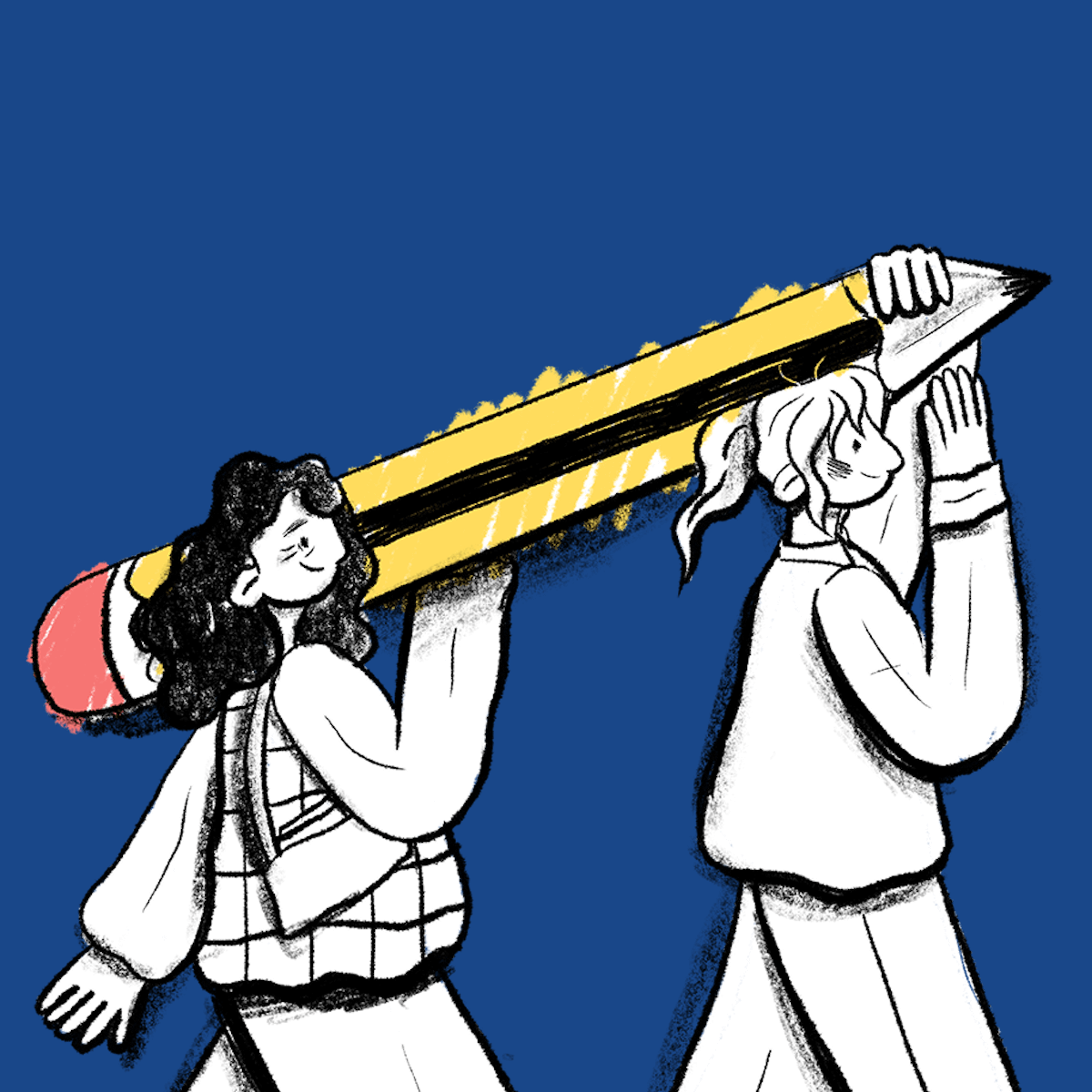
Creative writing is an important skill for literacy development, social communication, and creative expression — and KS1 is the perfect time to unlock those doors.
For this Breaktime Reading entry, we’ve put together some guided activities that will help your young learners see writing as the adventure it is.
Be prepared for a class full of budding authors…. We’ve warned you!
1. Fill-in-the-blanks poetry
List poems provide a structured yet flexible framework that KS1 pupils adore. Whether you choose the theme “a poem is…” or tie it to your curriculum (e.g. “a good friend is…”, “nature is…”), these mini poems invite endless exploration.
- Start by brainstorming adjectives as a class — bright, curious, gentle, bold.
- Hand out simple templates with blanks for adjectives and nouns.
- Let pupils swap papers and fill in each other’s lines to discover funny and unexpected combinations.
Once everyone has their own draft, invite them to:
- Select a favourite line to add to a class poem on display.
- Mix and match in groups to create a few class poems.
- Illustrate individual poems with a small sketch or a doodle — using your favourite STAEDTLER products, of course😉
This can also give you a really great display and a chance to showcase each child’s creativity in the classroom.
2. Character swap
What happens when the hero of one story steps into another? This character-swap activity turns familiar tales into new adventures — helping your pupils to think on their feet and imagine new worlds.
- Begin with a list of popular characters that your pupils already know, e.g., The Gruffalo, Peppa Pig, The Hungry Caterpillar or The Tiger Who Came to Tea, etc.
- In groups, ask pupils to choose two characters from different books or TV shows.
- Challenge them to retell one story with the swapped star. For example, what would happen if Peppa Pig faced the Gruffalo’s forest?
Scaffolding tips:
- Provide simple sentence starters: “When [Character] arrived at [Place], they felt…”
- Offer a storyboard sheet with four boxes for drawing key moments
3. Story starters
Sometimes a single spark is all it takes to kindle a writer’s imagination. Use ready-made prompts or craft your own “What if…” scenarios.
- Provide pupils with a pack of story starter cards. For example: “What if the school pet could talk?” or “At midnight, my shoes began to…”
- Display prompts around the room and let pupils choose the one that excites them most or move from table to table.
- Provide word banks or picture prompts for students who need extra support.
Conclusion
And there you have it — three ways to spark giggles and curiosity in your classroom that will bring creative writing into your classroom. Want more brilliant ideas? Check out our full range of KS1 resources.
